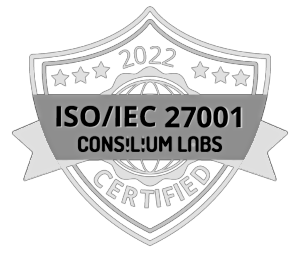You’d need to be a real sanctions nerd to know that these are four out of the six sanctions consolidated by OFAC, the sanctions authority of the US Treasury, into its “non-SDN” list.
The US government is not the only one to publish its sanctions in “consolidated lists,” combining companies and individuals designated under various sanctions programs. We have now launched a new dataset browser. This browser not only lists the consolidated data sources we import, but also breaks down the specific sanctions and policy programs included in each source.
Lists nested in lists, nested in lists (Foto: kilgarron)
This dataset browser will make it easier for us to communicate the full scope of sanctions our database covers. Users who don’t see each program listed might mistakenly think we’re missing essential lists or policies. This contrasts with other data providers who sometimes treat individual lists as separate sources (also boosting the number of lists they can claim to cover).
Our goal is to enhance transparency regarding the structure of our data sources. That’s why we’ve also introduced a new layer of metadata called “programs.” This feature subdivides each data source into its various policies and lists. Accessible through our new data sources browser, this information allows you to:
- Identify which countries have implemented specific sanctions programs.
- Explore the measures imposed by these programs.
- Look up a sanctions authority’s own description of each program on the web.
The detailed program descriptions also make it easier for potential adopters of OpenSanctions to accurately compare our list coverage with that of other data providers. We believe this added depth in our data descriptions will make the increasingly complex world of international sanctions a tiny bit easier to navigate.
We welcome your feedback and comments on this new functionality in our Slack or via our support channels.

